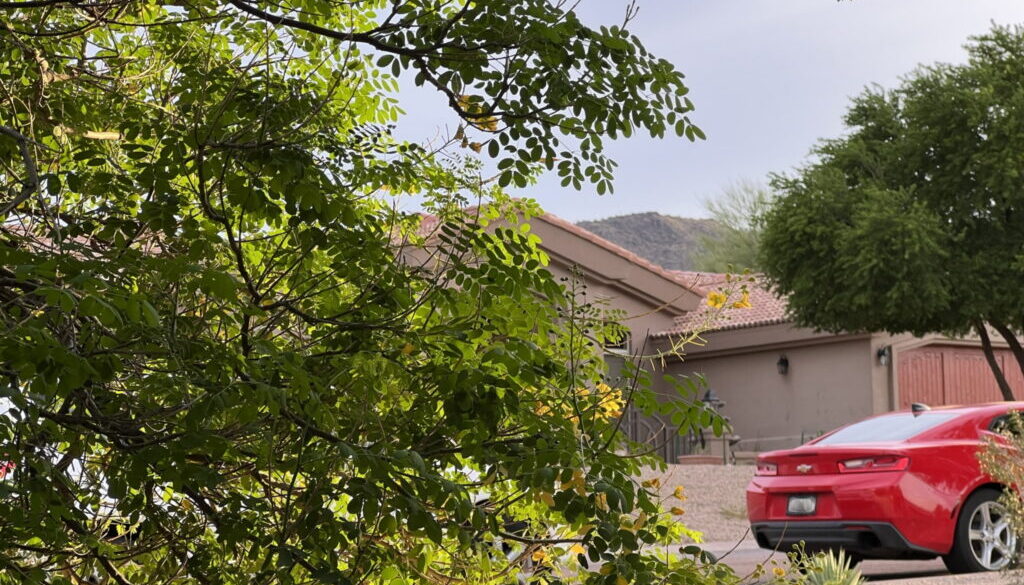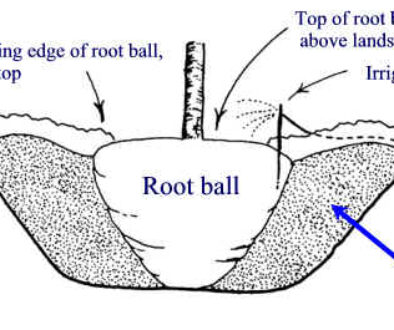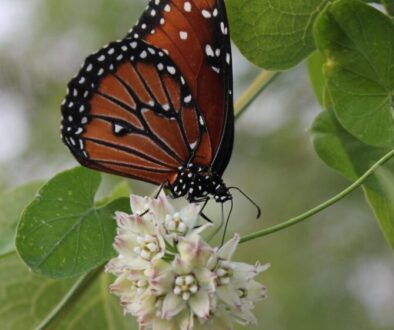What Is A Tree Worth?
Most of us grow up hearing our parents yell at us that money doesn’t grow on trees. The sassiest of us called them liars because money is paper, and paper comes from trees. What is indisputable, however, is that trees are tangible assets in the urban landscape that increase in value over time. Generally, the bigger and older the tree, the more valuable it is.
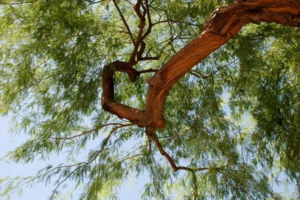
Economic and Ecological Worth
To assess the value of a tree, let’s first ask whether we are after its economic or ecologic worth. Economically speaking, one measure is a tree’s perceived contribution to the value of the property on which it is located. Other economic benefits of well-placed trees include providing protection from the weather. Tree canopies provide shade from the sun, and evapotranspiration cools the surrounding air. Tree canopies can slow down winds and reduce the amount of heat a building loses, particularly through its windows. For a homeowner, that sun and wind protection can add up to real savings from lower cooling and heating costs.
A tree’s worth in ecologic terms is even more interesting. Arborists and other scientists geek out on measures that include stormwater runoff interception, energy savings, air quality improvement and CO2 reductions. Trees serve to control urban pollution by reducing stormwater runoff and are considered a rainwater harvesting technique. They intercept and hold rain on their leaves, branches and bark, increasing soil infiltration and storage of rainwater through their roots. They also reduce soil erosion under their canopies by diverting and slowing rainfall before it strikes the soil.
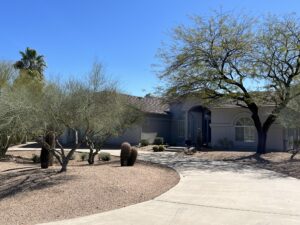
How Trees Work For You
Trees phytoremediate water, taking in trace amounts of otherwise harmful chemicals from the soil and transforming them into less harmful substances that they use as nutrients or store in their tissues. Trees can reduce the level of air particulates and ozone because their leaves absorb ozone, nitrogen dioxide and sulfur dioxide and generate oxygen during photosynthesis. They can also reduce atmospheric carbon by sequestering CO2 in their roots, trunks, stems and leaves while they grow, and in wood products after they are harvested.
i-Tree Design
To quantify and predict the economic and ecological value of one or more trees, use the clever modeling tool from i-Tree Design. This tool uses the tree’s location, species, diameter and condition to let you model your built structures and predict the value of specific tree species over a 1 to 99-year period.
Still, we humans usually plant trees for far simpler reasons—reasons that are rooted in neither economic nor ecologic value. We simply like how they look. They add curb appeal, design interest and sometimes privacy to our yards. We like them for bearing fruit, seeds or nuts. We like how they flower or change color with the seasons. We enjoy them as a source of recreation, like for a tree house, a rope swing or a hammock. And we admire how they are the simplest of homes, supporting local ecosystems of bees, birds and squirrels.
Whatever the value you desire or derive, invest in your landscape and property through proper tree selection, placement, pruning and nourishment.
Reach us at contactus@evergreenaz.com to request a custom bid for your commercial landscape.

